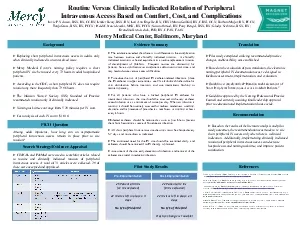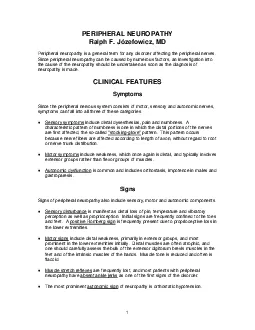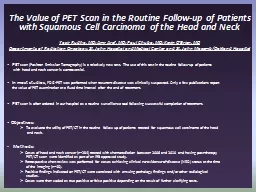PDF-Routine Versus Clinically Indicated Rotation of Peripheral
Author : hailey | Published Date : 2021-09-25
Intravenous Access Based on Comfort Cost and Complications Jovie P Velasco BSN RN CCRN Jenifer Beaty BSN RN Lori Ann Engelke RN CRNI Mona Guilfoil RN CRNI OCN Barbara
Presentation Embed Code
Download Presentation
Download Presentation The PPT/PDF document "Routine Versus Clinically Indicated Rota..." is the property of its rightful owner. Permission is granted to download and print the materials on this website for personal, non-commercial use only, and to display it on your personal computer provided you do not modify the materials and that you retain all copyright notices contained in the materials. By downloading content from our website, you accept the terms of this agreement.
Routine Versus Clinically Indicated Rotation of Peripheral: Transcript
Download Rules Of Document
"Routine Versus Clinically Indicated Rotation of Peripheral"The content belongs to its owner. You may download and print it for personal use, without modification, and keep all copyright notices. By downloading, you agree to these terms.
Related Documents














